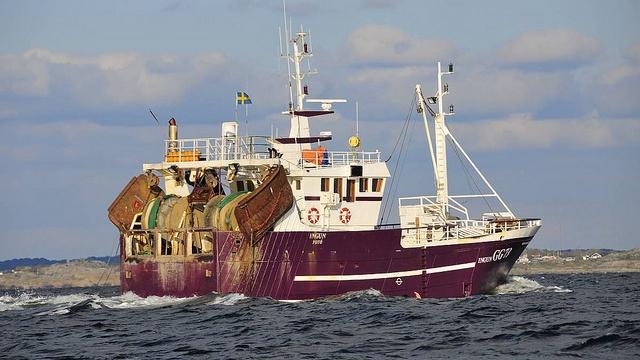Commercial Fisheries

Fisheries data (landings) in the Baltic Sea have been systematically recorded since the 1920s whereas the stock dynamics of most commercially important species (e.g. cod and herring) are available since only the 1960s or 1970s. The International Council for the Exploration of the Sea (ICES) gathers the statistics of Baltic fish stocks in the assessments of the state of fish resources. ICES receives officially reported fish catches by national statistical offices. For use in their assessments, ICES estimates also discards and landings which are not officially reported, as well as the composition of by-catches. These amounts are included in the estimates of total catch for each stock.
According to ICES statistics, the total catches in the Baltic were 850 000-990 000 tons in the period of 1974-1984. Sprat and herring landings have dominated total catches since beginning of the 1990s. The highest nominal catches were recorded during 1996-98, when total landings peaked 1 100 000 tonnes. The present annual level of total catch is approximately 700 000 tonnes. The stock fluctuations of major fish stocks have had mainly negative consequences to the economy of the Baltic fisheries and fleets in the last decades.
